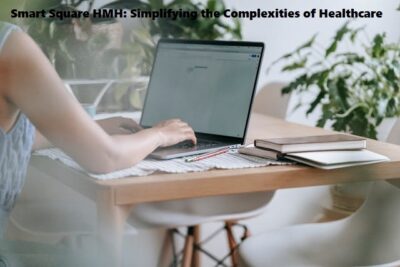Whether you are looking to buy your first RTK GPS or just starting to learn about it, you can have several different applications. These can range from Agricultural inspection to Network RTK. These applications are all aimed at helping you to increase efficiency and productivity.
Aerial photography:
Using an RTK GPS System can provide accurate geotagging of captured data. The Global Positioning System (GPS) is a network of satellites that provides continuous, global positional information. In addition, radio communication between the drone and the base station allows the UAV to be tracked and its position corrected in real time. DJI Phantom 4 RTK UAV uses the WGS84 system to geotag digitally photos.
Using an RTK-GNSS UAV for aerial surveys can help reduce errors in high topographic roughness environments. Unlike traditional aerial photogrammetry, where control points are used, an RTK-GNSS UAV can produce acceptable results without ground control.
Aerial photography can be affected by factors such as the altitude of the flight, the size of the camera sensor, and the latency of the shutter to the antenna. The accuracy of the measurements also depends on the equipment and geometry of the satellites. The best accuracy of a single GPS is 10 meters/30 feet, while the highest accuracy is achieved with a multi-sensor GNSS receiver.
Agricultural inspection:
Agricultural inspection has become a crucial part of modern farming. Precision agriculture involves the application of advanced technology to minimize environmental damage. Using RTK GPS systems in agricultural inspection allows for precise monitoring of crops. It also helps in minimizing the amount of waste produced during farming operations.
Agricultural inspections are safe and less expensive, thanks to RTK. The technology increases accuracy and speeds up the process. Having accurate position data is essential for farmers to determine the optimal placement of crops.
With RTK, a farmer can map his plantations and increase yields. This technology is also beneficial for surveyors. This technology is available in several regions. Its benefits include real-time mapping, enhanced accuracy, and centimeter-level accuracy.
Aside from providing accurate location data, RTK GPS systems can also provide information about harvesting and plantation management. This technology also helps in minimizing water pollution and protect arable land. Agricultural inspections using RTK GPS systems allow for autonomous operation. This system is also capable of navigating indoors. It is also used in soil sensing and phenotyping.
Testing ADAS applications on the open road:
ADAS applications are tested on the open road to confirm the accuracy of the vehicle safety system in real-world conditions. The NTRIP solution from Racelogic provides centimeter-level accuracy on the open road. This technology eliminates the need for a radio range and is compatible with almost any ADAS application.
During testing, all vehicles are synchronized with GPS correction data. It enables accurate position and speed information. In addition, a dynamic vehicle model is used to provide continuous lane-accurate positioning.
In conjunction with RTK base stations, GNSS provides accurate heading and position information. These networks offer global coverage of high-accuracy positioning. A multi-band, RTK, dead-reckoning system enables overcoming limitations in urban environments.
This RTK technique is perfect for surveying but unsuitable for general navigation. When reflected satellite signals are present, they may trick the GNSS receiver and lead to incorrect positioning.
Network RTK:
Historically, users of RTK GPS systems have been required to set up and maintain their own RTK base station. Alternatively, they can choose to use a third-party correction service. For this, they would need to purchase a subscription to the service. For applications that require centimeter-level accuracy, RTK is often the best option.
Typical applications of RTK include path following and autonomous vehicle validation. In addition, the technique is helpful for land surveys and hydrographic surveys. The technique can also be used to test ADAS systems.
Unlike traditional GNSS receivers, RTK receivers can provide centimeter-level accuracy. They also have the advantage of capturing raw streams from GPS satellites. These raw streams can be processed with a free, open-source program called RTKLIB. Read more about RTK GPS Systems here to get the best one for you!
Although RTK is an effective technology for measuring the relative positions of stationary objects, it is not very effective in urban areas. It does not work well under tall buildings, bridges, or tree cover.
Conclusion:
For accurate measurements, the satellites must be placed with sufficient geometry. It means there must be a clear line of sight to the sky. Additionally, factors can affect the fix. These include the view of the sky, the surrounding environment, and the distance between the base and the rover.
In addition to getting sub-centimeter positioning, the RTK technique is also highly accurate. It is essential in applications such as ADAS testing and ADAS validation.
Editor’s Recommendation:







